Achieving the right balance
There are so many decorative decisions to be made when planning a new kitchen. What style do you like? What is the latest look? What fits my space? ….. and the list goes on and on!
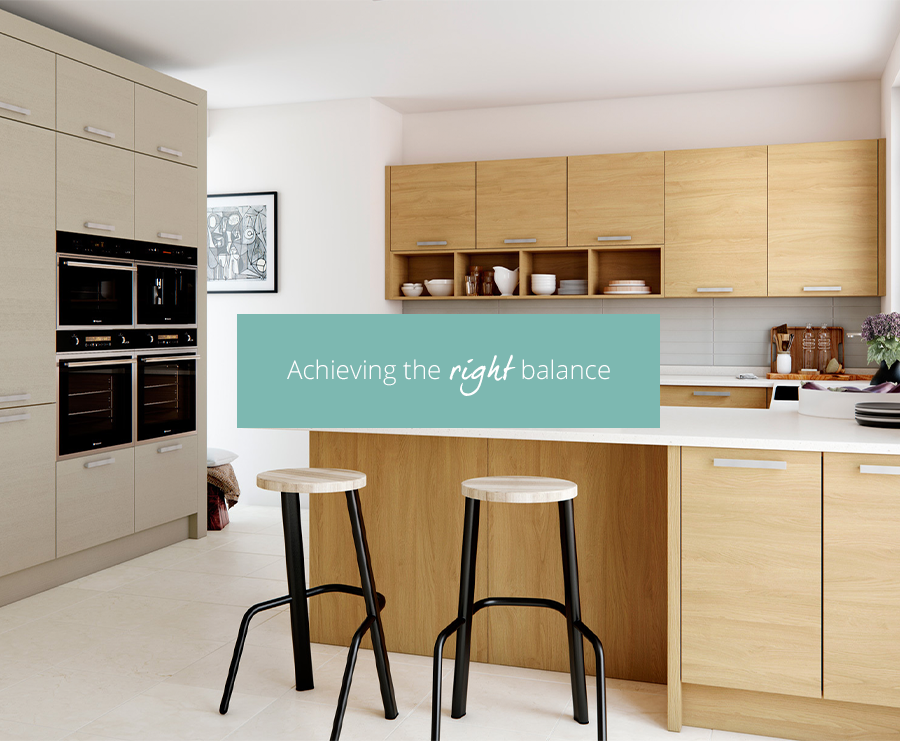
A major kitchen refurbishment is one of the more costly home improvement projects and understandably you want to ensure that what you pick, lasts. What is just as important is to think about getting the balance of your decor right – finding the perfect balance between stylish and practical, as well as finding a look that suits you.
Well thought through materials and finishes are one way to achieve this individuality. Another way is to decorate the kitchen in a way that truly reflects those that live in the home. Many worry that the décor shouldn’t be over the top as it could be difficult to sell on in the future – but that shouldn’t stop you creating the right balance between style and practicality, and embracing your own tastes – you can always redecorate to buyer-friendly shades should you need to further down the line.
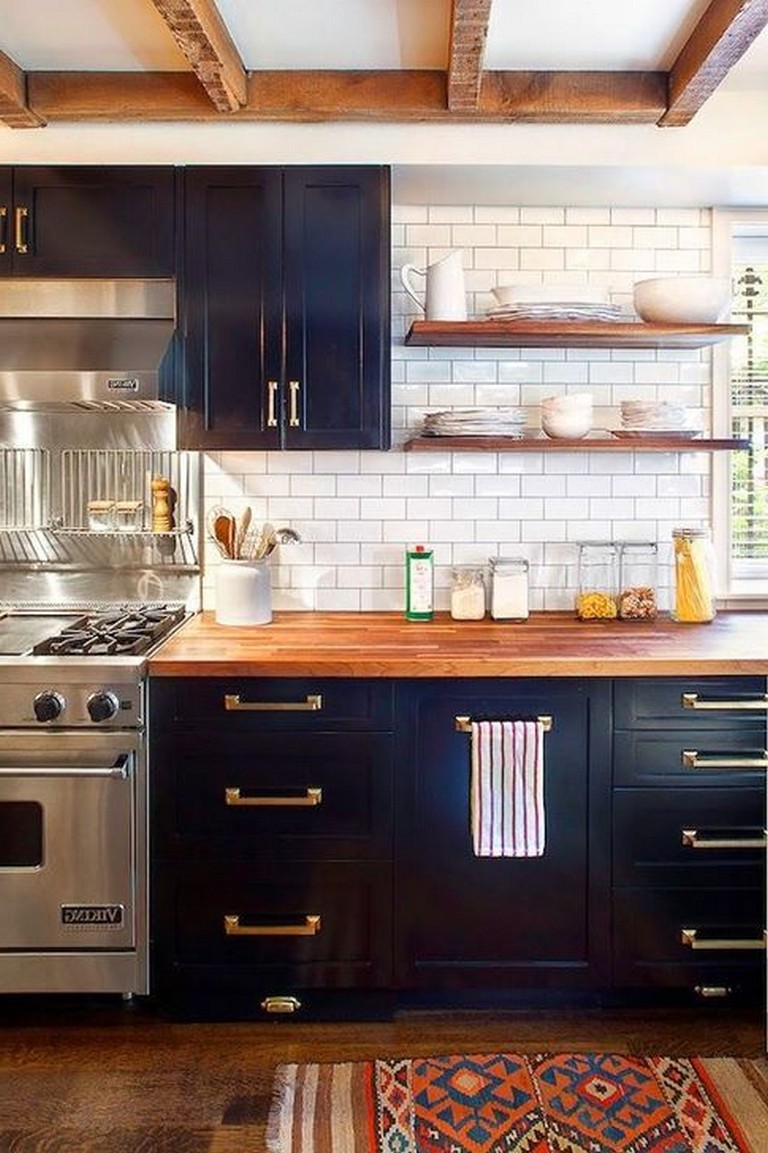
Consider and work with the space – physically observe the various elements and this will help with choosing the materials that work best. For example, patterned tiles could inspire a new colour palette, or the original flooring could become the basis for your material choices. It is also important to review the amount of natural light your kitchen receives which will help decide how much artificial light to introduce.
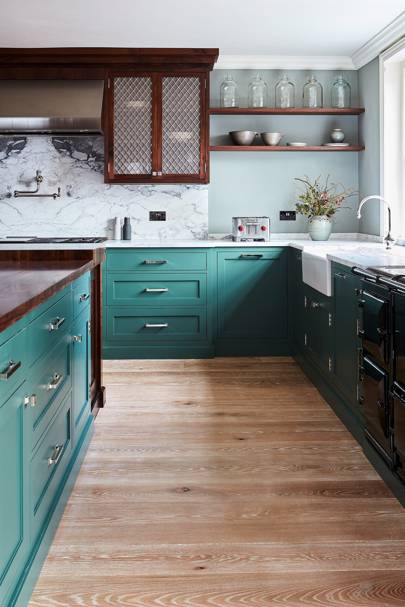
Take stock of the ceiling height and any architectural features such as the number of doors and windows and then review your surroundings – everything from the view outside the window to the décor in the adjoining rooms. It is key to balance your overall space so if the view outside is cold and harsh, soften the interior using warm woods. If there is plenty of greenery visible, you can afford to go more industrial and urban with your choices.
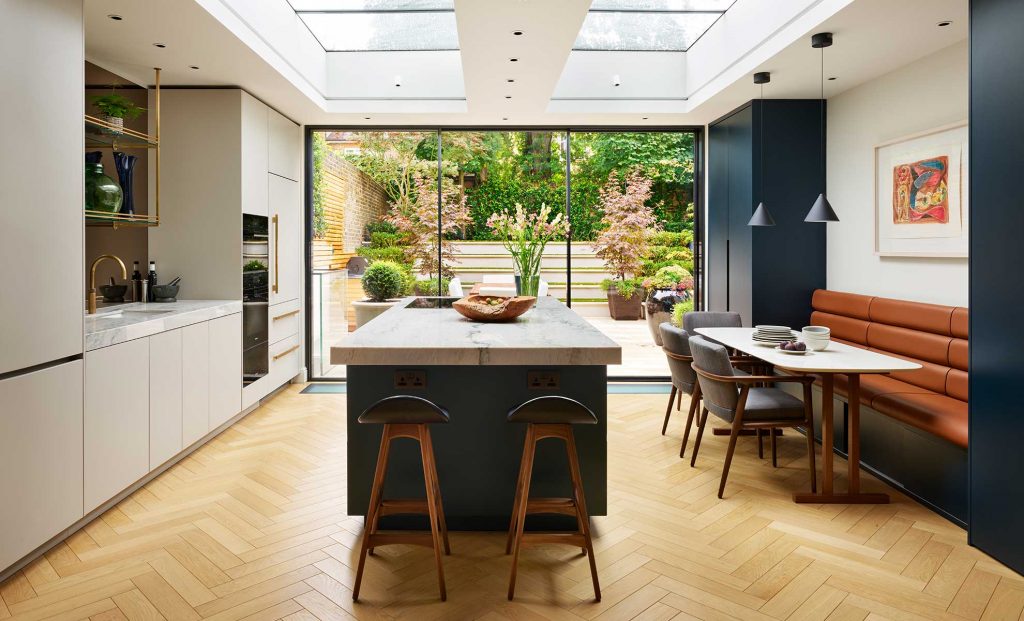
In terms of colour, there is plenty of choice available so how do you decide which is right for your space? Dark colours tend to be in heritage or classic tones such as navy, dark green and charcoal and work well for cabinet doors and walls. Brighter shades work well for feature pieces such as a freestanding dresser or a glass splashback behind your hob. If you are more comfortable with neutrals, ensure you add texture to add interest such as tactile furniture and furnishings.
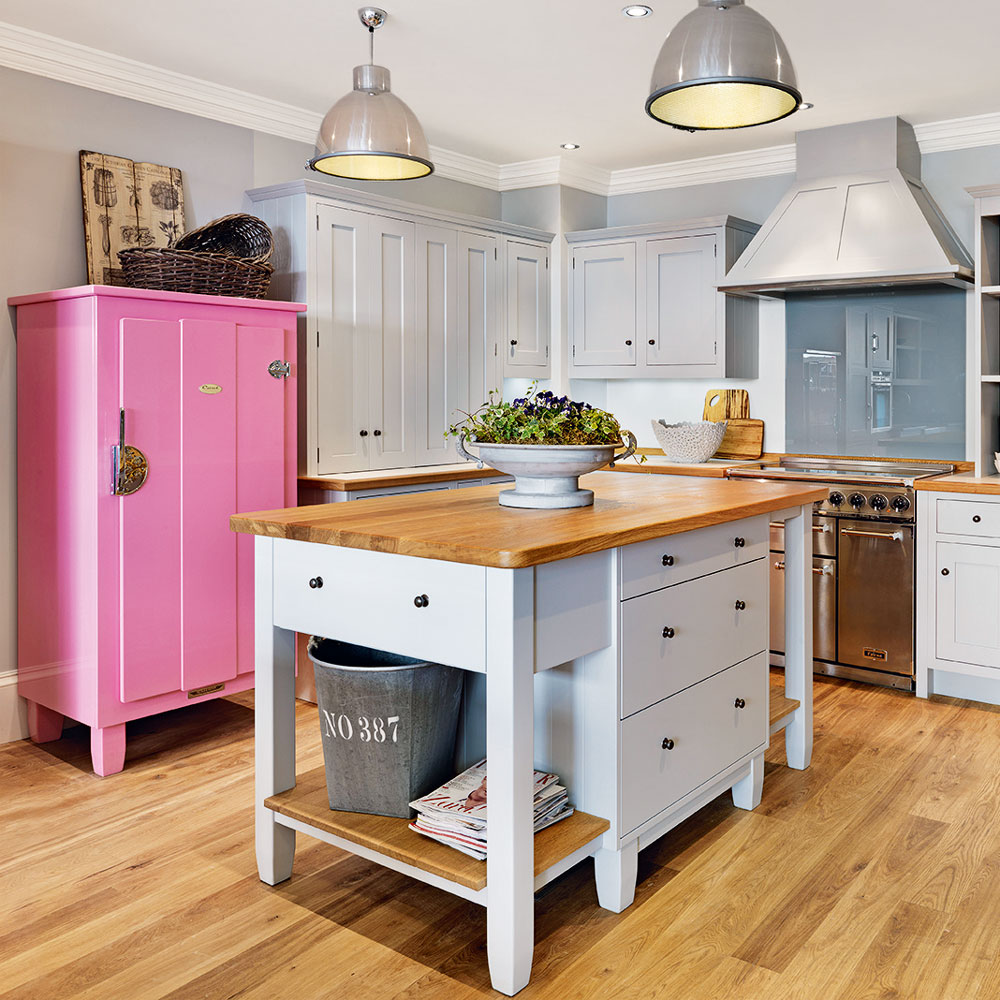
Introducing contrast is another possibility. If you like the idea of a monochrome kitchen then consider mixing in some softer shades such as a subtle grey or pastel pink as they can really make an impact. Similarly, marble is a great way to add texture and contrast simultaneously and it delivers a timeless look again and again. A good rule of thumb always is to introduce a natural material in your kitchen as it really helps to soften the space. Whatever your decision, make sure you ask for or order samples online or alternatively visit showrooms so that you are confident of how the materials you choose will look in situ.
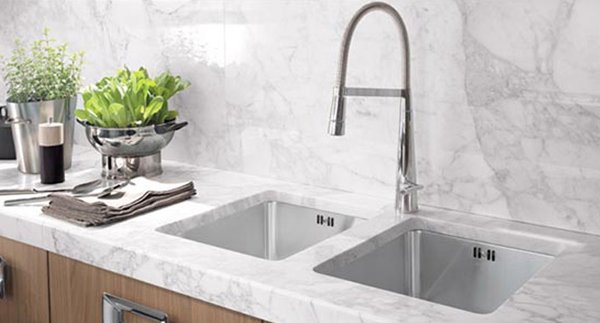
The Compare Network
Copyright – Insight Retail Group Ltd 2025 All rights reserved